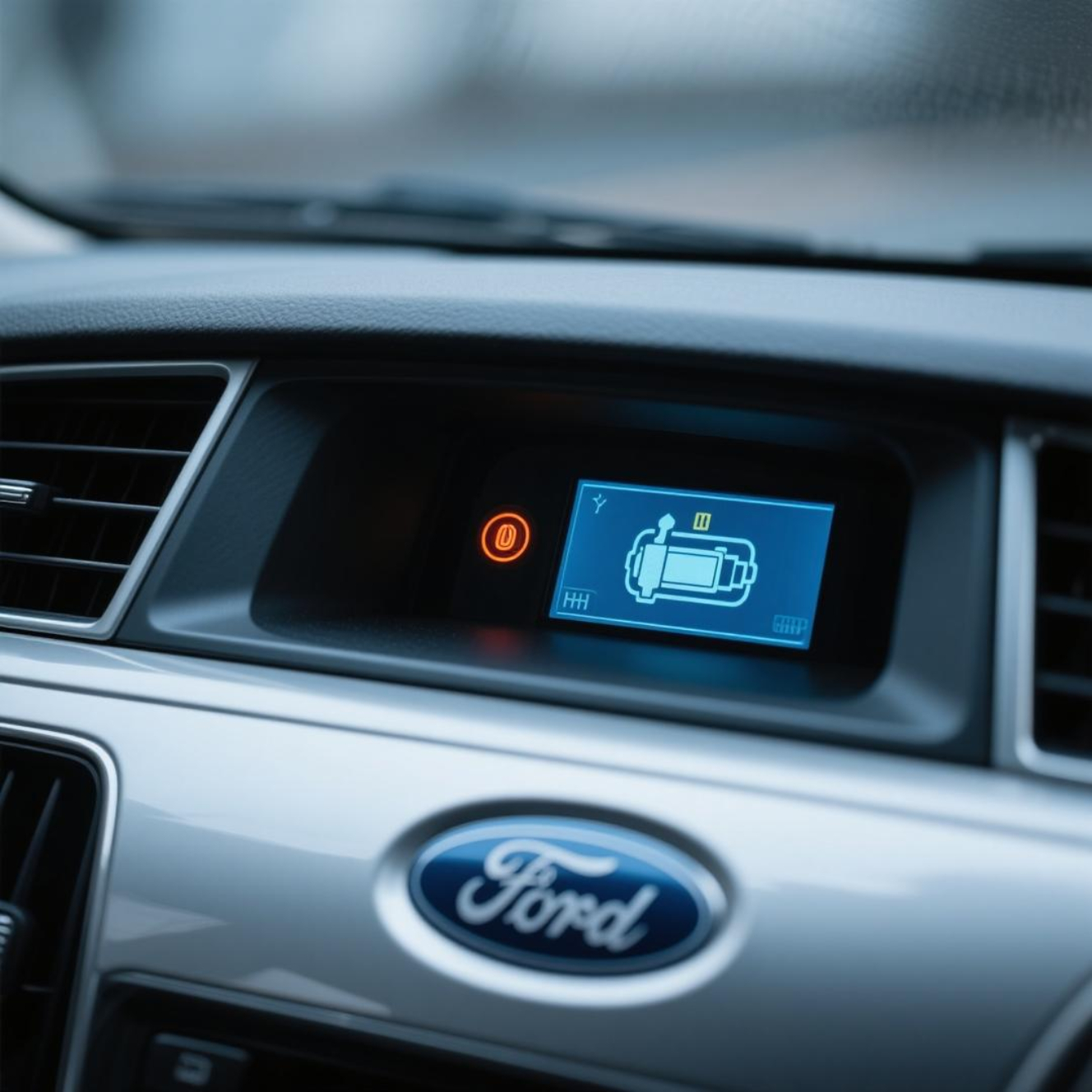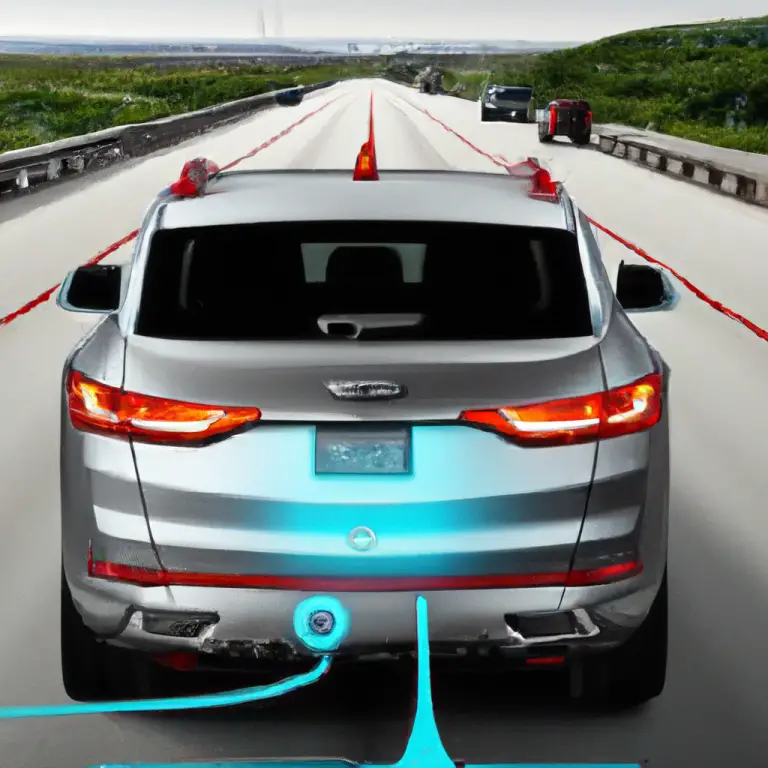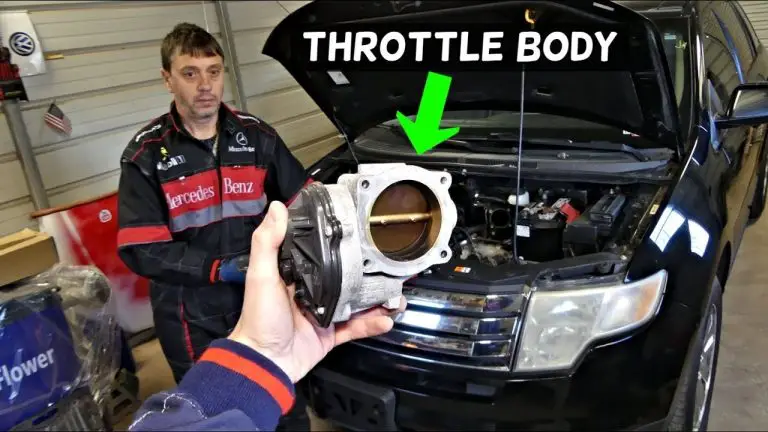Ford Check Engine Light: 7 Common Causes And Quick Fixes
When that Ford check engine light glows on your dashboard, it’s easy to feel a mix of worry and frustration. Whether you drive a Ford F-150, Focus, Escape, or Explorer, this warning isn’t just there to annoy you — it’s your vehicle’s way of saying, “Something isn’t right.” The good news? Many times, the cause is minor and easy to fix if you know where to start. In this guide, we’ll walk through exactly what the light means, the most common reasons it turns on, how to diagnose the issue, and safe ways to reset it — all while sharing practical tips from real Ford owners and technicians.
Key Points:
- Solid light = non-urgent; flashing light = urgent.
- Loose gas caps and faulty sensors are top culprits.
- Use an OBD-II scanner for accurate diagnosis.
- Always fix the root problem before resetting the light.
Understanding the Ford Check Engine Light
The check engine light, also called the malfunction indicator lamp (MIL) or service engine soon light, is part of your Ford’s onboard diagnostics system (OBD-II). It monitors sensors across the engine, emissions system, and other critical components. When it detects something outside of normal operating range, it stores a trouble code and switches the light on.
Solid vs. Flashing — What’s the Difference?
| Light Status | Meaning | Action Required |
|---|---|---|
| Solid | Minor or non-urgent issue (e.g., loose gas cap, sensor fault). | Safe to drive short term, but diagnose soon. |
| Flashing | Serious issue like engine misfire that can damage the catalytic converter. | Stop driving and get immediate service. |
Common Causes of the Ford Check Engine Light
Minor & Quick-Fix Issues
A surprisingly large number of check engine light cases come down to something simple:
- Loose or damaged gas cap: Can cause fuel vapor leaks and trigger the light.
- Worn spark plugs or wires: Leads to misfires and reduced fuel efficiency.
- EVAP system leaks: Small leaks can affect emissions control.
Owner Insight: One Ford Escape driver reported the light vanished after replacing a cracked gas cap O-ring for under $10.
Sensor-Related Problems
Your Ford relies heavily on sensors to keep the engine running efficiently. If these fail, the ECU can’t adjust properly:
- Oxygen (O₂) sensor: Monitors oxygen in exhaust gases; failure hurts MPG and emissions.
- Mass airflow (MAF) sensor: Controls air-to-fuel ratio; failure can cause stalling or poor acceleration.
- EGR valve: Prevents nitrogen oxide emissions; clogs can trigger the light and reduce performance.
Engine & Emissions Failures
If ignored, minor issues can cause bigger failures:
- Catalytic converter: Converts harmful gases to safer emissions; failure is costly and often linked to other problems.
- Clogged fuel injectors: Cause poor engine performance and misfires.
- Ignition coils: Common in Ford F-150s; failure leads to hard starting or misfiring.
Model-Specific Ford Check Engine Light Notes
- F-150: Frequent ignition coil or spark plug problems; sometimes catalytic converter issues.
- Focus: Commonly catalytic converter or battery-related faults.
- Escape: O₂ sensor and aftermarket part compatibility issues.
- Explorer: Mass airflow sensor and spark plug wear.
How to Diagnose a Ford Check Engine Light
Using an OBD-II Scanner
- Locate the OBD-II port under the driver’s side dashboard.
- Plug in the scanner and follow prompts to read the Diagnostic Trouble Codes (DTCs).
- Cross-check the codes online or in your Ford’s service manual.
Common Ford Codes Table:
| Code | Likely Issue | Notes |
|---|---|---|
| P0171 | System Too Lean (Bank 1) | Often MAF sensor or vacuum leak. |
| P0174 | System Too Lean (Bank 2) | Similar to P0171; affects opposite bank. |
| P0420 | Catalyst Efficiency Below Threshold | Often catalytic converter. |
| P0430 | Catalyst Efficiency Below Threshold (Bank 2) | Same as P0420 but other side. |
| P0128 | Coolant Temperature Below Thermostat Regulating Temp | Thermostat stuck open. |
How to Reset a Ford Check Engine Light
After Fixing the Problem
- OBD-II scanner reset: Safest and most precise.
- Battery disconnect: Remove the negative cable for 30–60 seconds (may reset radio/clock settings).
- Drive cycle reset: If the repair is successful, the ECU may turn off the light after several trips.
Important: Resetting without fixing the cause means the light will come back — often quickly.
Preventing Future Ford Check Engine Light Warnings
- Keep up with scheduled maintenance (spark plugs every ~100k miles, sensors as recommended).
- Avoid low-quality aftermarket parts.
- Inspect your gas cap periodically for cracks or wear.
FAQs About the Ford Check Engine Light
Will the Ford check engine light reset itself?
Yes, if the ECU detects the problem is resolved after several drive cycles, but it’s best to confirm with a scanner.
Is it safe to drive with the check engine light on?
If it’s solid, you can drive short distances to a service location. If it’s flashing, stop immediately to avoid damage.
Can a bad battery trigger the Ford check engine light?
Yes, low voltage can cause sensor errors that trigger the light.
How much does it cost to diagnose a Ford check engine light?
At a dealership, $75–$150 is typical, but some auto parts stores read codes for free.
Can I reset the Ford check engine light without a scanner?
Yes, by disconnecting the battery or letting the ECU reset after a repair, but a scanner is more reliable.







